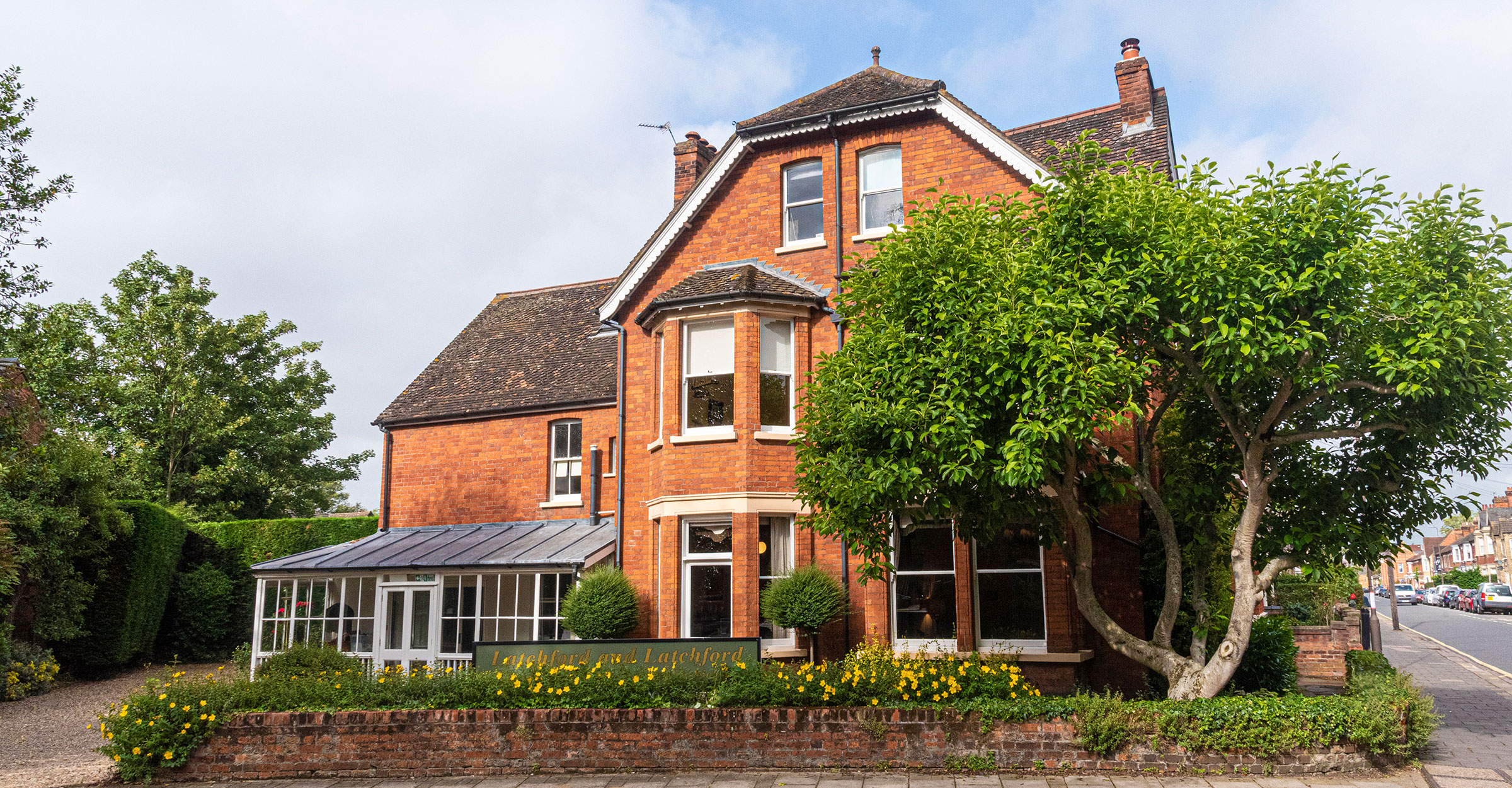Tooth Whitening
Creating lighter and brighter natural teeth has now become a routine dental treatment. There are several ways in which this can be provided without uncomfortable and damaging conventional “drill and fill” techniques. Tooth whitening and bleaching can only be legally carried out under supervision by a Dental Surgeon and is perfectly safe when used as instructed. Existing crowns, bridges and fillings will not bleach.
Under our supervision, the patient applies bleaching solutions to their own teeth using custom made trays over a period of a few weeks. These are most effectively worn overnight but can be used for longer periods during the day or evening.
Here at LATCHFORD AND LATCHFORD we carefully record the starting shades and provide all the necessary materials and equipment to ensure successful results. The darker the teeth, the longer it will take to achieve the desired result. Improvements of at least a couple of shades is possible with correct compliance! Home bleaching sometimes causes or increases sensitivity, although this is usually transient and is easily dealt with, but this technique may not be suitable for everybody. It is recognised that results last into the longer term, but some discolouration will occur with ageing and with food and drink necessitating repeat treatment after some years. Here at LATCHFORD and LATCHFORD our fees include repeat treatments when the patient retains their bleaching trays and maintain their routine treatment with us.
It is essential that the patient is dentally fit before bleaching is carried out to avoid complications
Sometimes only one or two teeth need treating with internal bleaching. Root-filled teeth that have discoloured can lighten with this technique where the active solutions are placed inside the tooth. Several visits may be required and although an improvement is expected this may not be complete where the tooth has become very dark or opaque.
Microabrasion is a technique used to remove white and brown developmental marks on the enamel surface of teeth. Marks are removed with the use of chemicals and very fine abrasive polishes. We regularly use this technique with younger patients where unsightly marks often cause embarrassment and distress. Microabrasion is often used in conjunction with bleaching.
Decay under restorations and abscesses must be treated before treatment starts. It may be necessary to replace individual restorations that will not change colour with any bleaching technique. Crowns and bridges will not improve at all, older stained fillings, may also need to be renewed.


